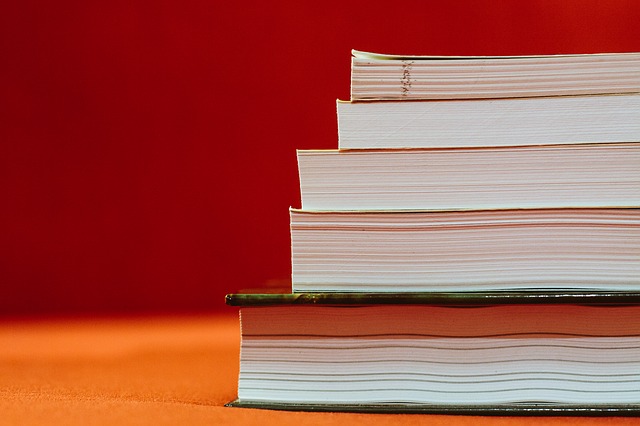Book Review: How to Create a Mind by Ray Kurzweil

Book Reviews
5 posts
- 1. Book review: Making Ideas Happen by Scott Belsky
- 2. Book Review: Quiet - The Power of Introverts in a World That Can't Stop Talking by Susan Cain
- 3. Book Review: Anything You Want by Derek Sivers
- 4. Book Review: The end of Advertising by Andrew Essex
- 5. Book Review: How to Create a Mind by Ray Kurzweil
I'm always on the lookout for new discoveries in the neuroscience field and to understand and learn more about the synergy of the human mind, brain and consciousness and this book by Ray Kurzweil, one of the leading figures in Artificial Intelligence, proved to be quite enlightening in this regard.
I have a lot of notes and Kindle highlights on this book and here are some of them:
There are no images, videos, or sound recordings stored in the brain. Our memories are stored as sequences of patterns. Memories that are not accessed dim over time.
The human mind is capable of recognizing patterns even if they are altered:"This represents a key strength of human perception: We can recognize a pattern even if only part of it is perceived (seen, heard, felt) and even if it contains alterations. Our recognition ability is apparently able to detect invariant features of a pattern—characteristics that survive real-world variations."
We are constantly predicting the future and hypothesizing what we will experience.
Unused pattern recognizers (the authors thinks that our mind contains about 300 million of them) get reassigned to other more-used pattern recognizers:
"That is why memories grow dimmer with time: The amount of redundancy becomes reduced until certain memories become extinct."
DNA doesn't determines how the neuronal connections work:
"There are on the order of a quadrillion (1015) connections in the neocortex, yet only about 25 million bytes of design information in the genome (after lossless compression), so the connections themselves cannot possibly be predetermined genetically. It is possible that some of this learning is the product of the neocortex’s interrogating the old brain, but that still would necessarily represent only a relatively small amount of information. The connections between modules are created on the whole from experience (nurture rather than nature)."
Four items of working memory at a time:
"We are apparently able to keep up to about four items in our working memory at a time, two per hemisphere according to recent research by neuroscientists at the MIT Picower Institute for Learning and Memory.6 The issue of whether the thalamus is in charge of the neocortex or vice versa is far from clear, but we are unable to function without both."
The brain is wired to seek novelty:
"Each brain hemisphere contains a hippocampus, a small region that looks like a sea horse tucked in the medial temporal lobe. Its primary function is to remember novel events. Since sensory information flows through the neocortex, it is up to the neocortex to determine that an experience is novel in order to present it to the hippocampus. It does so either by failing to recognize a particular set of features (for example, a new face) or by realizing that an otherwise familiar situation now has unique attributes (such as your spouse’s wearing a fake mustache)."
There is a struggle between the old reptilian brain and the neocortex, but the neocortex has the last say:
"There is a continual struggle in the human brain as to whether the old or the new brain is in charge. The old brain tries to set the agenda with its control of pleasure and fear experiences, whereas the new brain is continually trying to understand the relatively primitive algorithms of the old brain and seeking to manipulate it to its own agenda. Keep in mind that the amygdala is unable to evaluate danger on its own—in the human brain it relies on the neocortex to make those judgments. Is that person a friend or a foe, a lover or a threat? Only the neocortex can decide."
There are medical cases in which a hemisphere was removed from a patient's brain and the patient continued to function properly (and even to have an above average IQ):
"While these observations certainly support the idea of plasticity in the neocortex, their more interesting implication is that we each appear to have two brains, not one, and we can do pretty well with either. If we lose one, we do lose the cortical patterns that are uniquely stored there, but each brain is in itself fairly complete. So does each hemisphere have its own consciousness? There is an argument to be made that such is the case. "
Ultimately most of our thinking will be in the cloud:
"What I believe will actually happen is that we will continue on the path of the gradual replacement and augmentation scenario until ultimately most of our thinking will be in the cloud."
Part of 5 in
Book Reviews